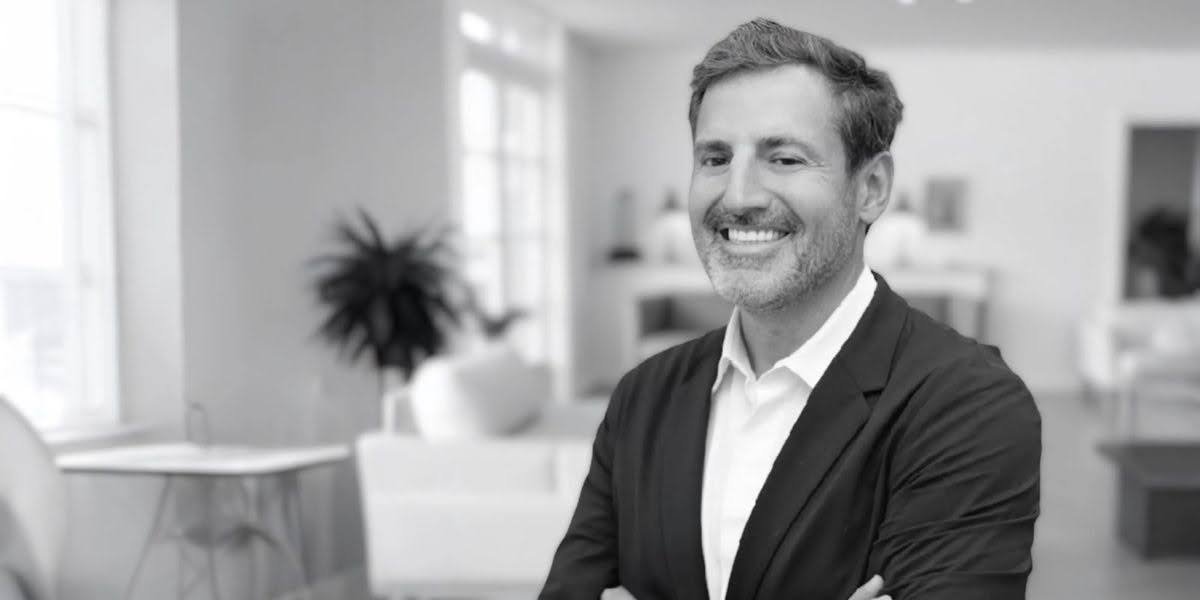By: Jacob Maslow
In the frenzy of the modern professional world, wellness feels like a mirage chased but rarely found. Deadlines climb, inboxes fill, and much of the focus fades away from the professional’s well-being. Not only is it unsustainable to disregard health and balance, but it is also a ticket for burnout. It slowly drains energy, obscures attention, and depletes the pleasure that drives both work and life. The key to sustainable success is to value wellness by taking small, deliberate actions that protect the body and the mind.
Achieving balance isn’t about overhauling routines overnight. It’s about how wellness practices can be woven into the fabric of daily life. With the right approach, professionals can find ways to nurture well-being and manage stress.
Incorporating Self-Care Practices into a Hectic Routine
When life accelerates, self-care might seem like a distant dream. However, small moments of mindfulness and intentional care can create profound shifts. The key is finding habits that easily fit into your existing schedule.
Boundaries are the cornerstone of wellness. Setting clear limits on work hours protects personal time and prevents burnout. Take teachers, for example, who often juggle workloads spilling into evenings and weekends. Research underscores that teachers establishing designated “off” hours and honoring them allows recovery of their time and reduces stress. This works for professionals of all stripes.
Intentional breaks throughout the day are equally transformative. A few minutes of stretching, breathing exercises, or stepping outside can help clear the mind and improve focus. Mindfulness practices, such as tuning into the senses or counting breaths, may bring calm to a chaotic schedule, fostering a sense of peace amidst the storm.
The beauty of self-care lies in its flexibility. Every profession presents unique challenges, but the principles remain universal: prioritize breaks, set boundaries, and make well-being a non-negotiable part of the day.
The Link Between Skin Health and General Wellness
Your skin is an outward manifestation of your whole body’s health. Stress, sleep deprivation, and dehydration can lead to dryness, acne, or irritation. For professionals under constant pressure, maintaining skin health isn’t merely about aesthetics. Skincare is about feeling good inside and out.
Stress triggers cortisol production, wreaking havoc on the skin. By including skincare in wellness routines, professionals create opportunities for being calm while contributing to general well-being. Simple routines, such as washing the face at night, using sunscreen daily, and drinking enough water, are capable of protecting the skin from damage from the environment and daily stress.
Selecting products tailored to specific needs enhances the experience. Antioxidant serums may help address stress-related dullness, while anti-irritant serums, with ingredients like chamomile or aloe, are designed to help soothe irritation. These moments of care have physical and emotional advantages, making them an important part of daily life.
Skincare Trends for Professionals on the Go
For the modern professional, convenience is paramount. Skincare trends offer options that can fit into busy lifestyles while supporting health.
High-tech devices like LED masks or portable facial steamers offer spa-level care in minutes. These tools are designed for multitasking, allowing users to relax while tackling emails or catching up on reading. Botanical-based products are another popular choice, blending nature and science for effective, gentle results.
Incorporating these trends doesn’t necessitate a complete overhaul of routines. Small additions, like a refreshing mist or a quick hydrating mask, can make a significant difference. Staying abreast of innovations ensures that self-care remains effective, accessible, and enjoyable, keeping wellness both achievable and delightful.
Wellness Options for Busy Schedules
Sometimes, true self-care means seeking outside help. Treatments like massages, acupuncture, or therapy sessions may offer relaxation and support beyond daily routines. These dedicated moments of care help professionals recharge and tackle challenges with renewed energy.
Scheduling wellness treatments doesn’t have to feel like a chore. Many practices offer flexible options, such as lunchtime appointments or shorter session times, tailored to fit busy lives. Regular visits to a trusted provider may help keep wellness a priority, even during busy times.
Making time for treatments reinforces the importance of prioritizing self-care. It serves as a powerful reminder that wellness is worth the investment and that there’s always space for renewal, no matter how demanding life becomes.
The Science of Wellness: Why Prioritizing Health Matters
Wellness isn’t just a feel-good concept. It’s grounded in science. Research demonstrates that prioritizing health enhances focus, boosts productivity, and builds resilience. Stress management techniques, like mindfulness and physical activity, can help support mental well-being and may reduce the risk of burnout.
Holistic care, which takes into account both physical and emotional well-being, may offer long-term value. Incorporating these practices leads to better sleep, improved immune function, and greater satisfaction in both work and personal life. Small steps toward wellness can produce powerful results, proving that balance is not just achievable. It’s essential.
Conclusion
Achieving wellness in a busy work life isn’t a pipe dream. It is a structured activity, developed over time with successive small, conscious habits. Creating boundaries, maintaining skin health, and finding the right restorative therapies are all routes to achieving balance in even the most hectic of lives.
Virtually all professionals long to feel stimulated, alert, and at their peak. By paying attention to health, people may find they have more energy and experience greater moments of joy and fulfillment in their daily lives. The road to wellness begins with small steps, and the journey may offer valuable rewards along the way.
Disclaimer: The information provided in this article is for general informational purposes only and is not intended as medical advice. The content does not diagnose, treat, cure, or prevent any disease. Always consult with a qualified healthcare provider before making any changes to your diet, exercise, or wellness routine, or if you have any concerns regarding your health.
Published by Tom W.










